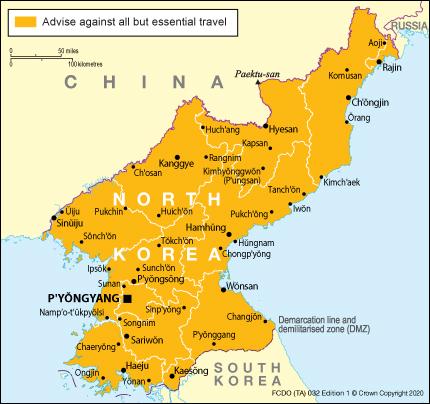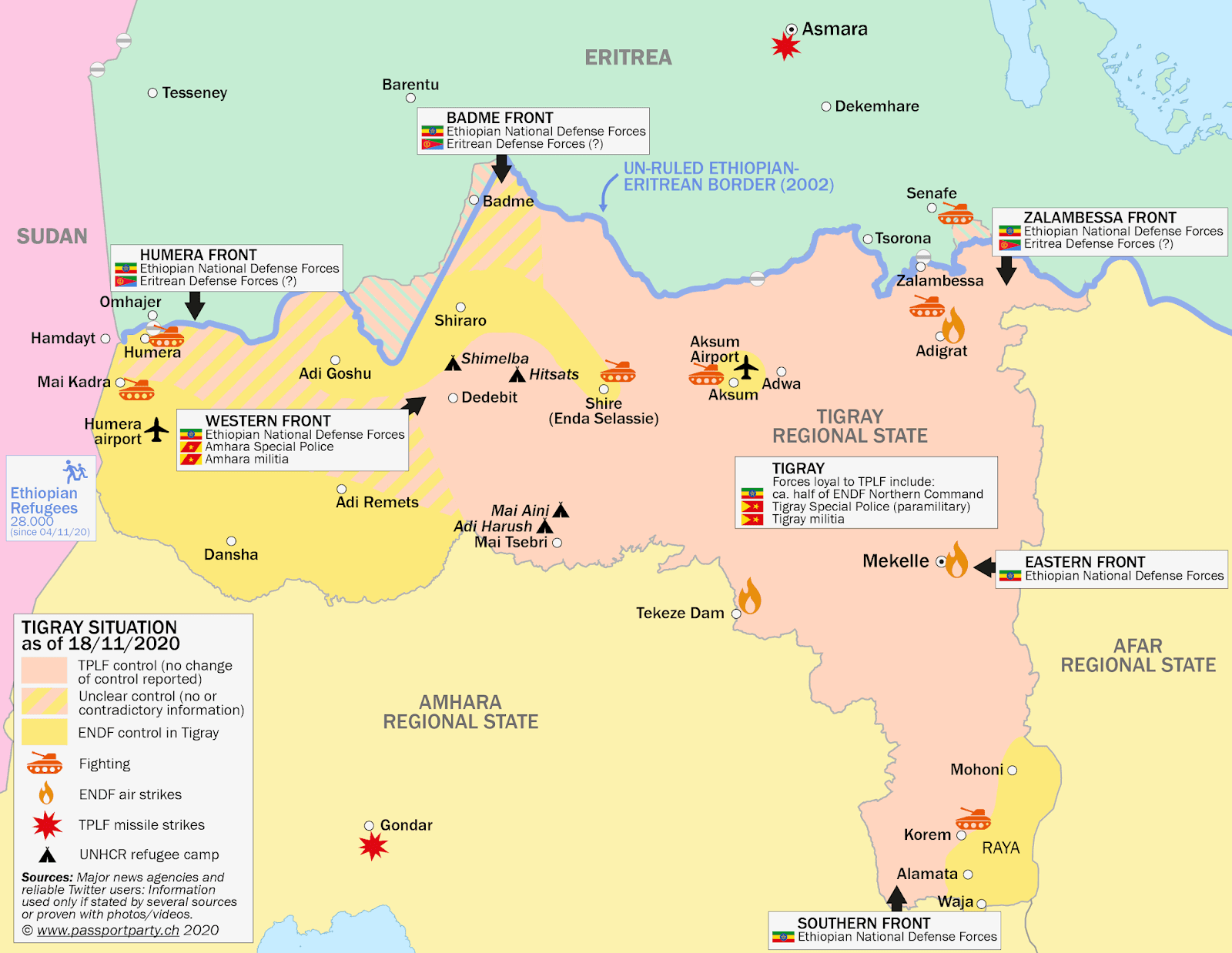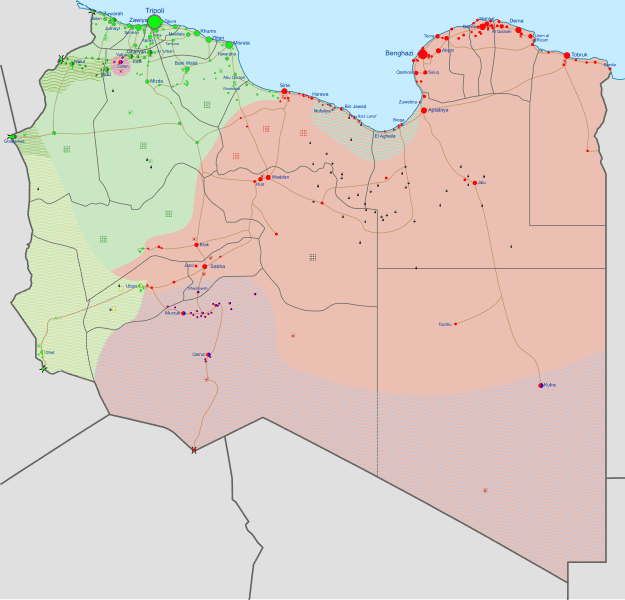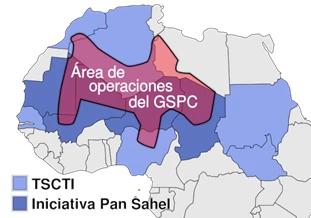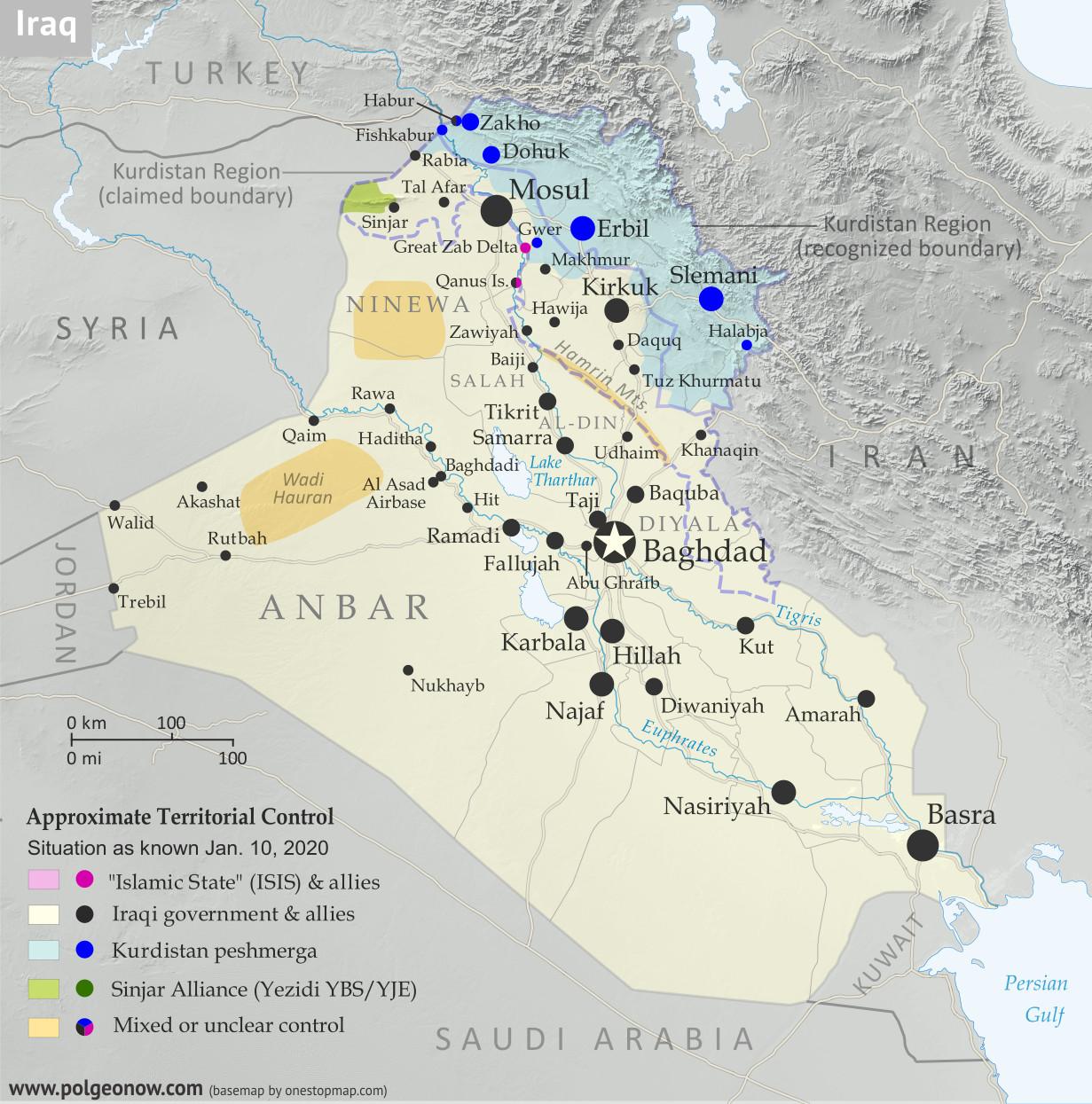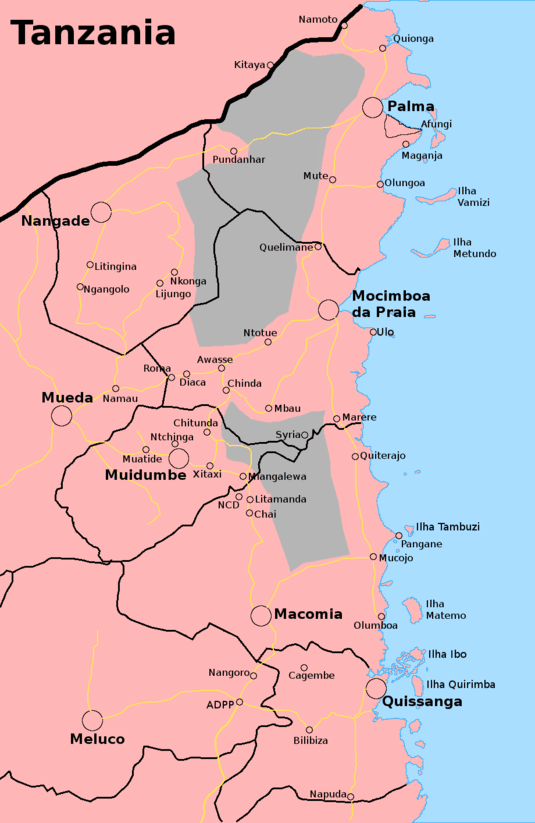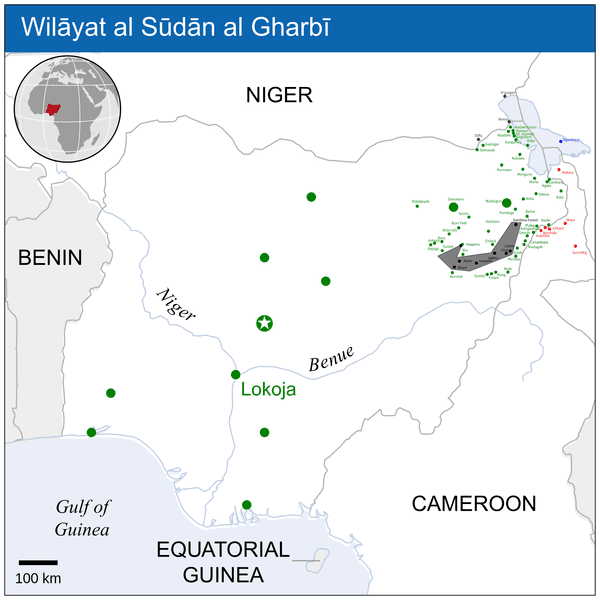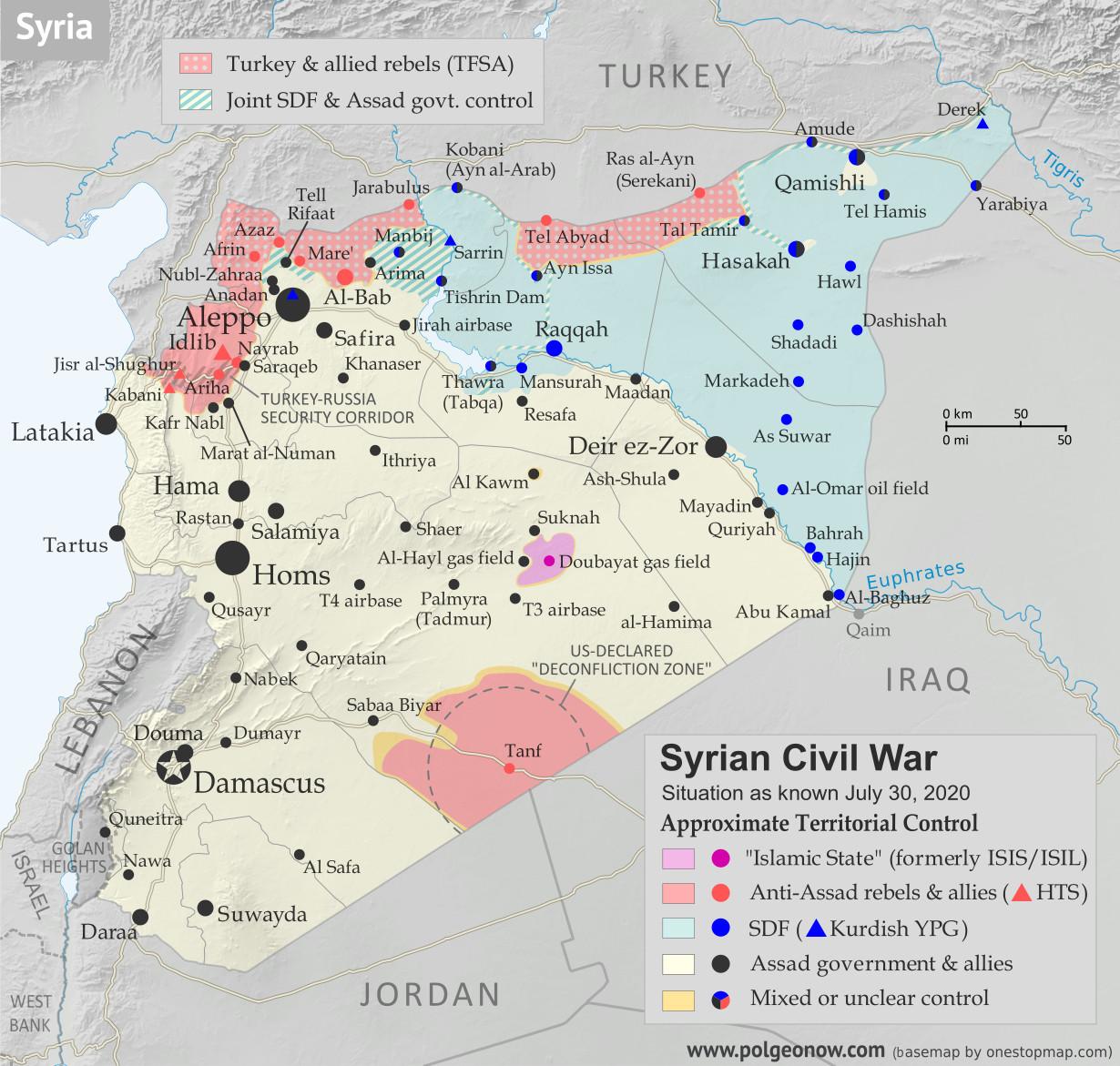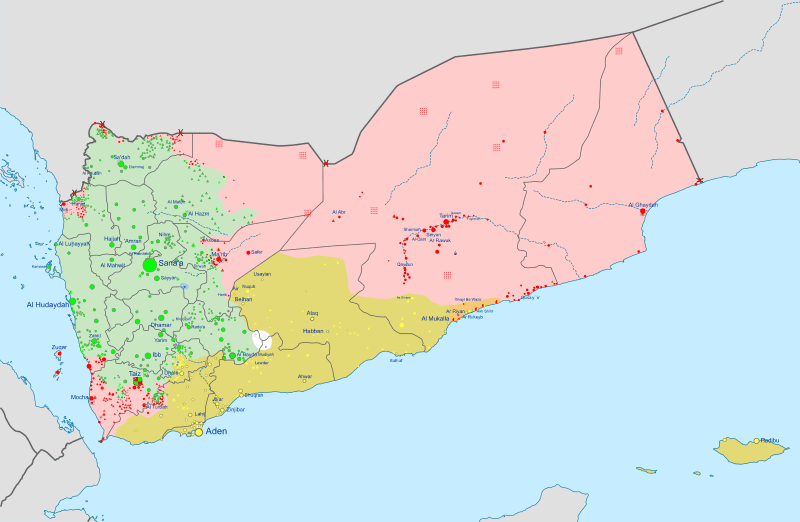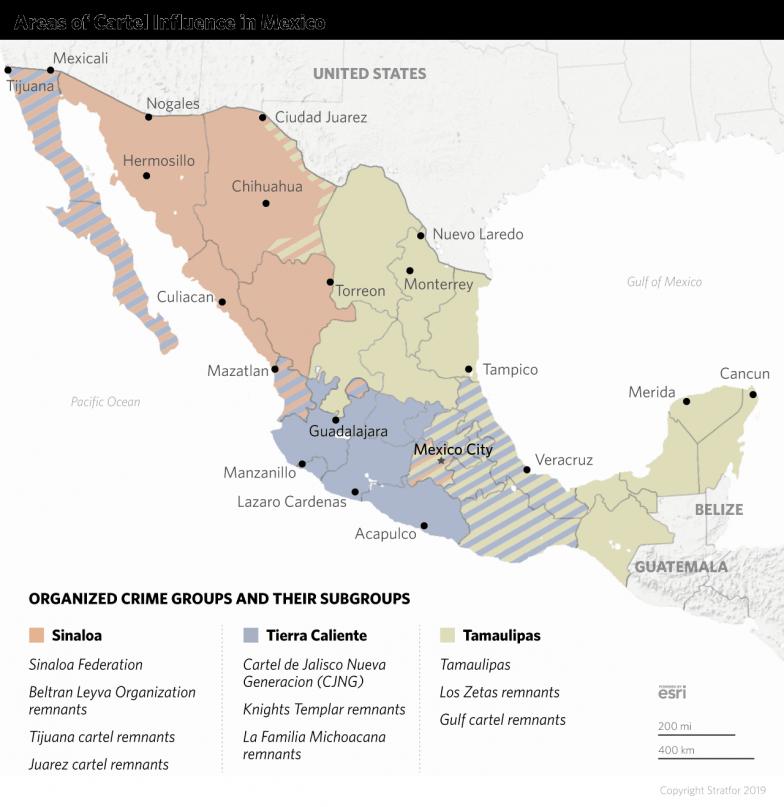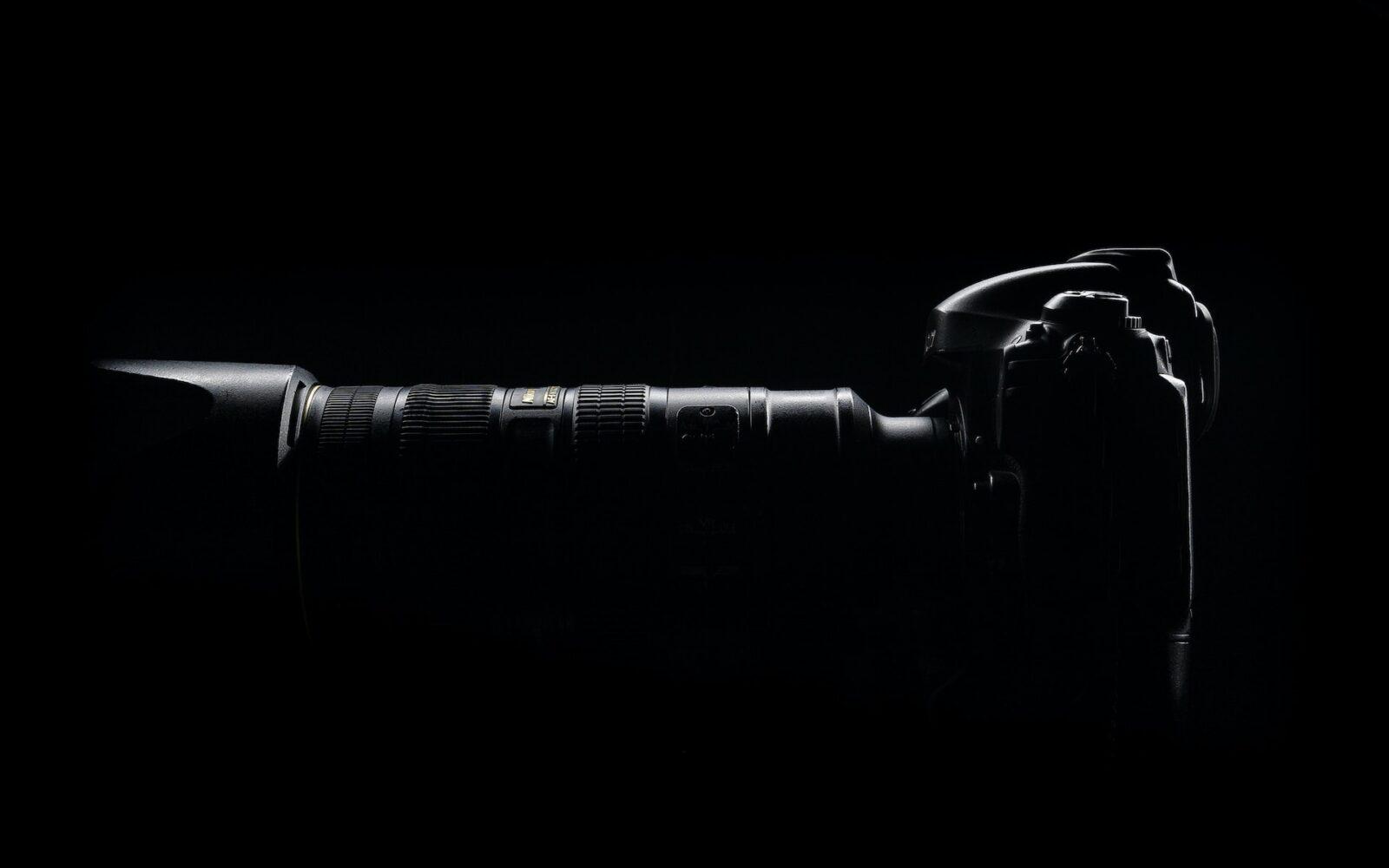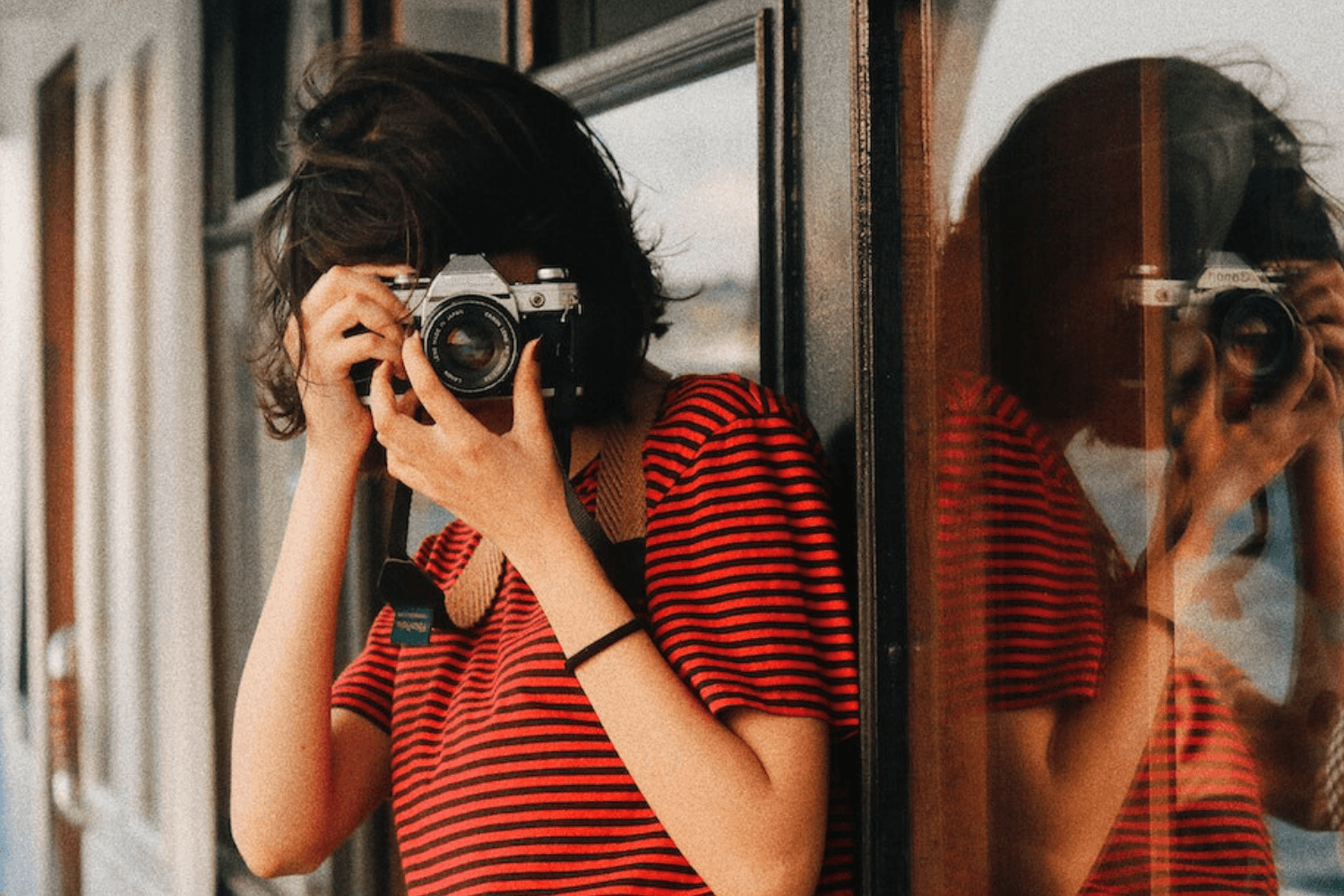15 Most Dangerous Locations for Photojournalists in 2021
Leighton Emmons
Fri Jun 18 2021
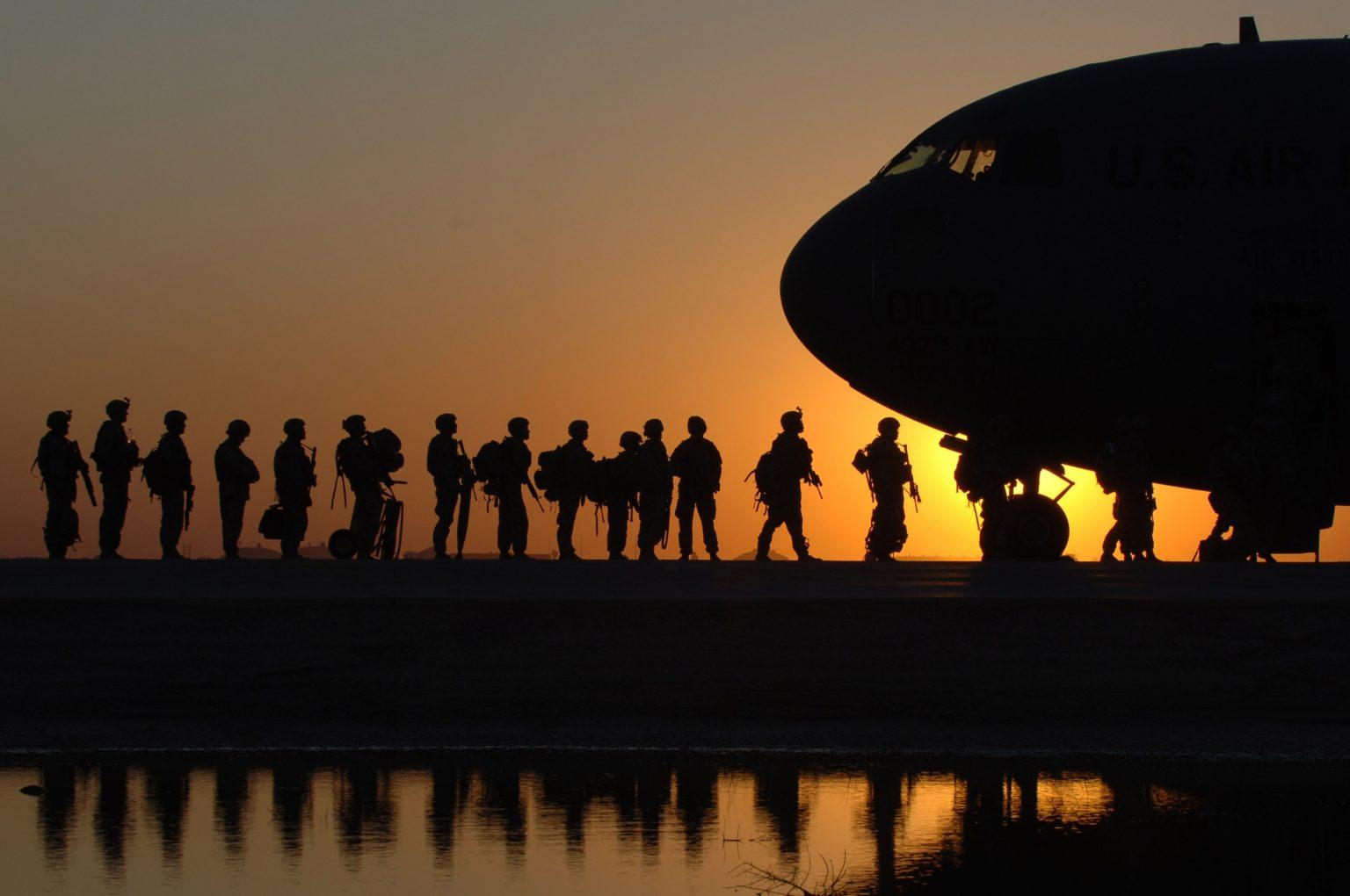
For the purpose of determining our own ranking, we’ve used data from the CPJ (Committee to Protect Journalists) and cross referenced these records with overall fatalities in armed conflicts from around the world in 2020. In combination, we’ve then given some qualitative analysis of the context of each respective conflict.
Combining these pieces of information, we’ve given a ranking on some of the most dangerous conflicts in the world to cover and be aware of – before embarking on your next photojournalistic venture.
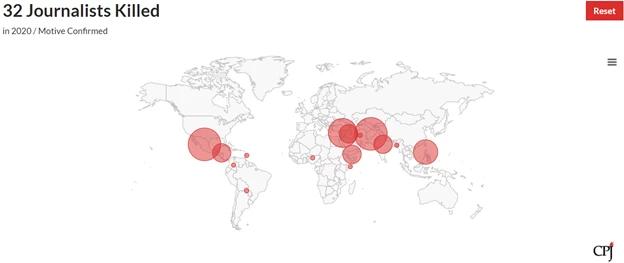 Visual representation of journalists killed in 2020. Source.
Visual representation of journalists killed in 2020. Source.
15. Russia-Ukraine Protracted Conflict
Russia is known to be one of the trickiest media landscapes in the world. The majority of media in the country is state-owned, and long considered to be pushing the agenda of Vladimir Putin’s ruling independent party.
The few independent media outlets that exist have reported harassment and experienced a strong willingness by the power structures that be, to censor them when they see fit.
This willingness to censor and control the media extends to the relationship between the state and individual journalists – as a number of threats and acts of violence against journalists has increased three-fold within the last two years.
For this reason, while there is always the immediate threat of getting caught in the crossfire for photojournalists looking to cover the Russian-Ukranian conflict (the situation is potentially fatal to any single bystander) – there is too the lingering risk of having the power structures that be intervening and suppressing media coverage – which can work against the interests of independent photojournalists.
14. Xin Jiang, China – Uyghur Conflict
What might be considered the easiest way to receive a lifelong prison sentence – is to venture into the Xin Jiang region of China and begin documenting the current events of the Uyghur detainment camps.
The global world has been kept relatively in the dark on the matter, though snippets of information have leaked on the alarmingly abusive state against the Uyghur population. While the central Chinese government is quick to label these ‘accusations’ as mere rumors, the reality that most foreign governments have agreed upon – is that a repression and genocide is being committed by the Chinese government.
While Chinese dissidents have already seen extremely harsh prison sentences for merely speaking out against the Chinese Communist Party, it is safe to assume the government has even less tolerance and leniency for foreigners looking to act against the CPC’s interests.
In other words, attempting to get close to, and document the Uyghur crisis, might be one of the most dangerous undertakings in existence today. Photojournalists looking to venture in and subsequently venture out with photographs, should proceed with extreme caution.
13. North Korea – Just Cause
No list of most dangerous places on earth for photojournalists would be complete without a mention of North Korea – the most censored and secretive modern-day nation.
While North Korea has gradually opened its country up to more and more tourists, the majority of experiences are completely controlled and isolated to the confines of what the government permits.
Any step outside of these restrictions in North Korea can mean lifelong imprisonment and even death. Perpretaors have even been handed prison sentences for merely trying to leave the country with North Korean propaganda posters.
Thus, while there isn’t a lingering immediate risk of fatality just for being present there (as there in many other places we’ve featured on our
12. Eritrea, Ethiopia – Tigray War
The armed conflict that broke out in just 2020 in the region of Tigray, Ethiopia ranks in at number twelfth on our most dangerous location for photojournalists.
The Tigray Regional Government launched the Tigray People’s Liberation Front which has remained an illegitimate entity and been unrecognized by the Ethiopian central government. As a result, escalating clashes are becoming more frequent, even drawing in involvement from neighboring Eritrea to combat the militants in Tigray.
While photojournalists may be eager to begin documenting an extremely contemporary and uncovered story – the immediate danger threat and capacity to get suddenly caught in the crossfire remains high.
11. Libya – Second Civil War
The second Libyan Civil War that started in 2014 is being fought by several armed groups. Notably between the House of Representatives (shown in red on the map) whom are backed by the Libyan national army and the Government National Accord (GNA) (shown in green on the map) which was an interim government formed and supported by the United Nations Security Council, but now the internationally recognized government.
Since 2015, 9,000 people have been killed and over 20,000 injured and wounded.
The frontlines are still extremely dangerous for journalists and photojournalists alike, despite the involvement and backing of the United Nations. Photojournalists looking to cover the story in more depth should be extremely cautious.
10. Northern Africa – Insurgency in Maghreb & Sahel
The insurgency in Maghreb refers to the Islamist insurgency led by the Algerian militant group Salafist Group for Preaching and Combat (GSPC). The group has long been terrorizing the Maghreb and Sahel region of Northern Africa – and has since allied itself and is being given support from the Al-Qaeda terrorist organization.
With persistent terrorization on local communities and a consistent threat of violence, the Maghreb and Sahel region of Northern Africa remains one of the most deadly areas for photojournalists.
This threat of immediate danger, coupled with an unforgiving geographical terrain, lends itself to a combination that few would like to find themselves in, in the event something goes wrong. For this reason, the GSPC insurgency ranks as our tenth most dangerous location/conflict for photojournalists.
9. South Sudan – Ethnic Violence
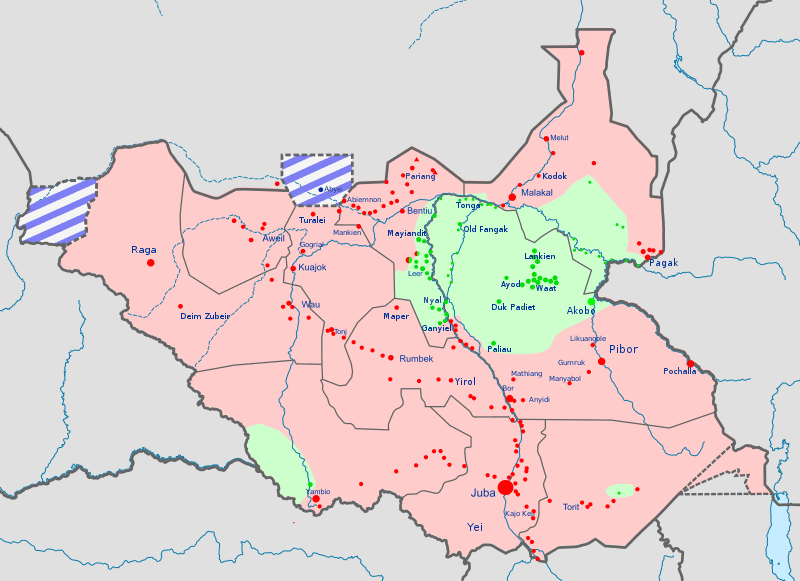 (Red) Under control of the Government of South Sudan (Green) Under control of the Sudan People’s Liberation Movement-in-Opposition (Blue) Under control of the Government of Sudan
(Red) Under control of the Government of South Sudan (Green) Under control of the Sudan People’s Liberation Movement-in-Opposition (Blue) Under control of the Government of Sudan
South Sudan is a country rich in history and culture. The country is home to 64 native tribes, the largest being the Dinka which account for roughly 35% of the population and predominate the government.
Despite having ended it’s civil war in February, 2020, South Sudan is still experiencing armed conflict – often aggravated by disagreements over cattle, grazing, and control of land.
This ongoing armed conflict is so widespread, in 2017, the UK government officially recognized the violence as genocide, as numerous tribes are committing borderline war crimes against one another – some 400,000 people have died since the violence broke out in 2011.
With a lack of military support to curb fighting, millions of refugees being displaced, and a general lack of uncertainty on how to deal with and end the fighting – there is a strong chance that any photojournalist caught in the mix could quickly fall victim to an uncertain future.
For this reason, we would highly suggest against travelling to document the ethnic struggles in the region, for the reason that simply no-one is in control or has certainty of how things will play out.
8. Iraq – Iraqi Civil Conflict
While the Iraq war of the 2000s has more or less dissipated, the consequential aftermath (power vacuums, political systems, and fragmented society) that was being left behind is still rife with violence, unrest, and instability – even till today.
Next to only Afghanistan, it is the deadliest country by recorded fatalities in the 21st century.
Most recently as of 2019 to 2021, Iraq is now seeing the largest incident of civil unrest since 2003 when the US first invaded.
While IS was defeated in the area as of 2017 and suicide bombings becoming a rare event – they still happen. In fact, as of January 21st, 2021, Baghdad just featured another devastating attack that killed 32 people and wounded another 100.
This combination of uncertainty and instability means foreigners conducting journalistic work should be constantly on the lookout for dangers.
7. Mozambique – Insurgency in Cabo Delgado
As featured in several other places on our list, Islamist extremist insurgencies are no stranger to African nations plagued by poverty and instability – a core criteria for how these insurgencies recruit and gain strength.
As of 2017, Islamist militants have been establishing an Islamic State within the northern part of the country – drawing support from ISIL – and thus been engaging in violent battles with the Mozambique government ever since.
This insurgency is particularly dangerous as the primary targets of the IS group are civilians. This includes periodic raiding on nearby cities, often resulting in violent clashes.
For this reason photojournalists looking to cover the story should proceed with extreme caution.
6. Somalia
.svg.png&w=1080&q=75) Somalia
Somalia
As one of the deadliest civil wars since its inception in 1991, the Somali Civil War has ravaged the country, earning the country a position in the top 8 of most fatalities recorded per year, every year since 2015.
As are several other places in Africa, Somalia is also home to an enclave of ISIL combatants – increasing the risk of violence and danger.
Additionally, Somalia is also notorious for pirating the open oceans that lay just off the coast – easy and accessible targets for looting and taking prisoners for ransom.
As a result, there are several dangers that exist in the country that pose potential threats to the wellbeing of photojournalists. Most notably the existence of Islamist extremists means travelling foreigners could be primary targets.
5. Nigeria, Niger, Cameroon – Boko Haram Insurgency
The Boko Haram insurgency began in 2009 when the jihadist group started an armed rebellion in Nigeria. The conflict is taking place in part due to the context of the long-lasting divide between the Muslim and Christian groups in the country.
The insurgency is an especially dangerous and violent group, massacring entire communities and abducting hostages by the hundreds (including children) – proving that these violent groups operate under no laws and jurisdictions.
For this reason alone, documenting and getting close to the insurgency almost certainly means putting your life at risk. Hence breaking our list of top five dangerous contexts on the planet.
4. Syria – Civil War
The Syrian civil war that erupted in 2011 has slowly begun to reduce its lethality – but still remains an extremely dangerous place for those on the frontlines.
The country has had a countless number of combatants get involved in the conflict, most notably in 2015 when ISIL assumed control of the majority of the country. ISIL has since been almost entirely eradicated in the country – though this has left behind a vacuum for control. Most recently, the conflict has been between the Ba’athist Syrian Arab Republic led by Syrian President Bashar al-Assad, along with domestic and foreign allies, against various domestic and foreign forces opposing both the Syrian government and each other in varying combinations.
This lack of clarity and sparse involvement from scattered combatants, suggests a lack of accountability and plenty of room for reckless behavior – an extremely dangerous combination for bystanders, and notably photojournalists to be aware of before venturing into the turmoil.
3. Yemen – Yemeni Civil Conflict
The Yemeni conflict recorded the 2nd most fatalities in the year of 2020, following only behind Afghanistan.
What began in 2014 between the Yemeni government and the Houthi armed movement, has drawn out into an extensive civil war that was caused widespread famine, displacement, and thousands of causalities.
As a result of proximity to Saudi Arabia – the conflict has since involved foreign militaries intervening, with many reports of reckless and negligent bombing by these foreign militaries (in some instances mis-firing and wrongly targeting civilians and innocent bystanders), as an attempt in defeating the unrecognized and illegitimate Houthi armed movement.
The potential of getting caught in the crossfire remains extremely high, and for that reason even being anymore remotely close to the frontlines means risking your life.
2. Afghanistan – Taliban and ISIL Conflict
Afghanistan has long remained torn in civil turmoil. First the rampaging civil wars of the 90s, into the war on terror of the 2000’s, and most recently the clash between Taliban and ISIL forces.
Afghanistan remains just as deadly as ever with some 20,000 recorded fatalities in 2020 alone.
Attacks are seemingly at random, with unpredictable suicide bombings in the least likely of places, including the capital Kabul.
The unpredictably dangerous nature of all the insurgencies involved in the conflict carries a heavy risk to unsuspecting journalists. Afghanistan has and remains one of the most dangerous places to be on the planet.
1. Mexico – Mexican Cartel Drug War
With roughly 150,000 deaths by homicide victims since 2006, the Mexican Drug War is one of, if not the most prolific and deadly civil conflict for documenting.
We’ve put Mexico as our most dangerous location for photojournalists (specifically covering the drug war) due to the fact that the majority of deaths are often homicides that are targeted by organized crime groups. These same organized crime groups (cartels) have been undeterred by local police forces and are often times collaborating alongside them. Victims can include anyone from family members of rival gang members, up to high ranking officials.
This leaves room for two things. One, photojournalists easily becoming targets by the cartels if they believe their interests are not being looked after. Two, a seemingly impossible way to predict or react in the scenario a photojournalist is targeted. Homicide assassinations are rife, and there is often little to no warning.
Documenting and photographing the struggles of families and victims is one thing, but to cover the story from the eyes of the preparators, to get up close with the cartel members is especially dangerous.
Written by Leighton Emmons.
To read more helpful articles on photography, check out our blog page.
Join our growing photographer community at LightRocket and get powerful archive management and website building tools for free!
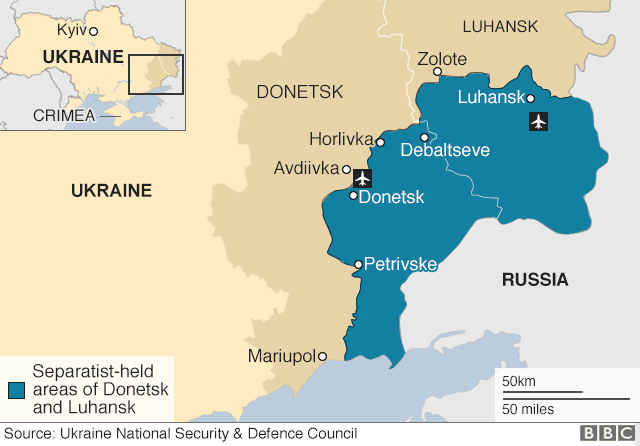
.svg)
